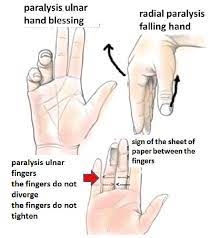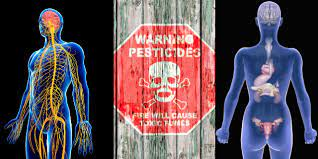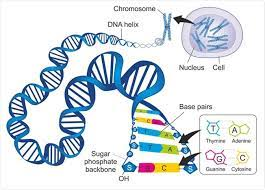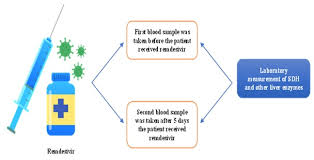Neuroreactivity, also known as neural reactivity or brain reactivity, refers to the responsiveness of the brain to external stimuli or internal processes. It is a term used in neuroscience to describe how the brain reacts and responds to various sensory, cognitive, emotional, or physiological stimuli.
Neuroreactivity is studied using various neuroimaging techniques such as functional magnetic resonance imaging (fMRI), electroencephalography (EEG), and positron emission tomography (PET). These techniques allow researchers to observe changes in brain activity and neural pathways in response to specific stimuli or tasks.
For example, if participants are exposed to visual stimuli (e.g., images or videos), auditory stimuli (e.g., sounds or speech), or emotional stimuli (e.g., faces expressing different emotions), researchers can observe and measure the brain's activation patterns and neural pathways associated with processing that particular type of stimulus.
Understanding neuroreactivity is crucial for gaining insights into how the brain processes information, learns, and adapts to different situations. It has applications in various fields, including cognitive psychology, neuroscience, psychiatry, and neurology. By studying neuroreactivity, researchers can better comprehend brain disorders, cognitive functions, decision-making processes, and emotional responses.
However, it's important to note that the field of neuroscience is complex and constantly evolving. While researchers have made significant progress in understanding neuroreactivity, there is still much to learn about the intricacies of the human brain and its responses to various stimuli.
EXAMPLES OF NEUROACTIVITY
Visual Stimulus Neuroreactivity: When participants are shown pictures of different objects, scenes, or faces, specific brain regions responsible for visual processing (such as the occipital lobes) become active. The brain's response varies depending on the complexity and familiarity of the visual stimuli.
Auditory Stimulus Neuroreactivity: Listening to various sounds, including speech, music, or environmental noises, activates the auditory cortex in the temporal lobes. Different patterns of brain activation may be observed when listening to familiar vs. unfamiliar sounds or when processing speech vs. non-speech sounds.
Emotional Stimulus Neuroreactivity: Presenting emotionally charged stimuli, such as images of happy, sad, or fearful faces, triggers activity in brain regions associated with emotion processing, such as the amygdala and prefrontal cortex. The intensity of emotional neuroreactivity may vary based on individual differences and emotional significance.
Cognitive Task Neuroreactivity: Performing cognitive tasks, like solving puzzles or mathematical problems, involves the activation of multiple brain regions, including the frontal and parietal lobes. Neuroreactivity in these regions changes as the complexity of the task increases.
Language Processing Neuroreactivity: When individuals read or listen to language, specific areas in the brain, such as Broca's area and Wernicke's area, become active. The brain's response to language depends on factors like syntactic complexity, grammatical correctness, and semantic content.
Motor Task Neuroreactivity: Engaging in motor tasks, such as tapping fingers or moving limbs, activates the motor cortex and other regions involved in motor control and coordination.
Reward Neuroreactivity: When people experience rewards or pleasurable stimuli, such as receiving money or eating delicious food, the brain's reward pathways, including the mesolimbic dopamine system, become activated.
Pain Perception Neuro-reactivity: Inflicting pain or presenting painful stimuli leads to the activation of brain regions involved in pain processing, such as the somatosensory cortex and anterior cingulate cortex.
These are just a few examples of the diverse range of neuro-reactivity observed in different situations. Neuro-reactivity can vary based on individual differences, cognitive abilities, emotional states, and other factors, making the study of brain responses a fascinating and dynamic field of research.
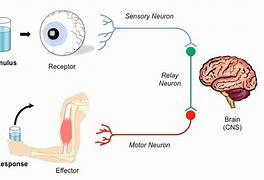















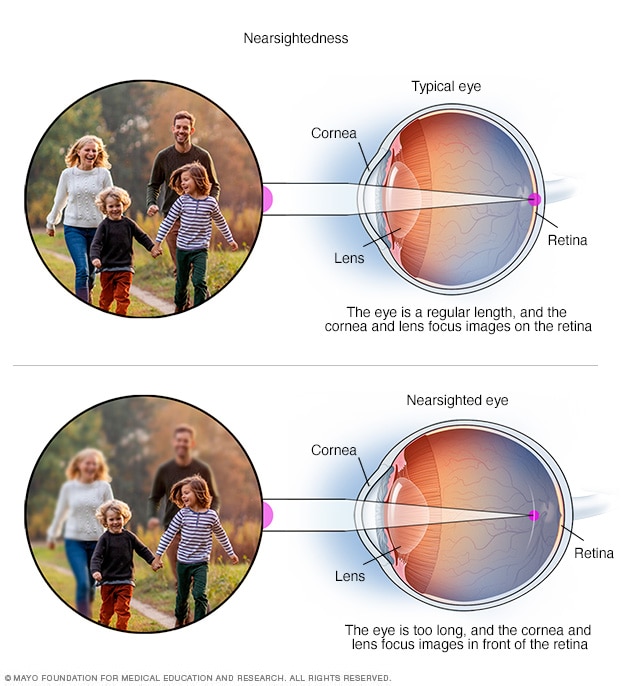 NearsightednessEnlarge image
NearsightednessEnlarge image







